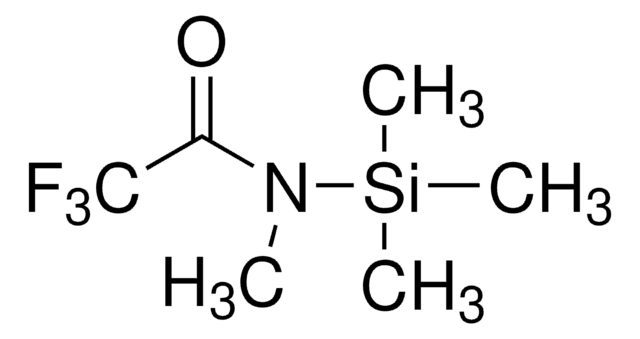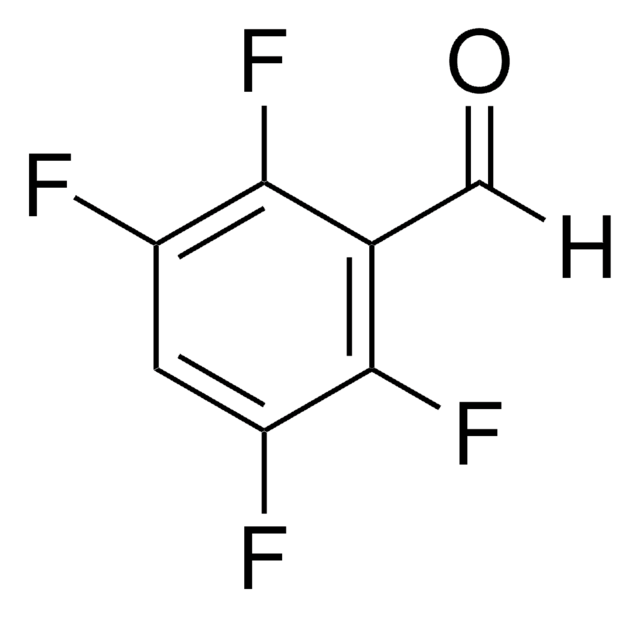76735
O-(2,3,4,5,6-Pentafluorobenzyl)hydroxylamine hydrochloride
for GC derivatization, LiChropur™, ≥99.0% (AT)
Synonym(s):
PFBHA·HCl
About This Item
Recommended Products
grade
for GC derivatization
Quality Level
Assay
≥99.0% (AT)
form
solid
quality
LiChropur™
reaction suitability
reagent type: derivatization reagent
reaction type: Alkylations
technique(s)
gas chromatography (GC): suitable
mp
212-218 °C
227 °C (subl.) (lit.)
solubility
H2O: 5%, clear
SMILES string
Cl.NOCc1c(F)c(F)c(F)c(F)c1F
InChI
1S/C7H4F5NO.ClH/c8-3-2(1-14-13)4(9)6(11)7(12)5(3)10;/h1,13H2;1H
InChI key
HVMVKNXIMUCYJA-UHFFFAOYSA-N
Looking for similar products? Visit Product Comparison Guide
General description
Application
Packaging
Other Notes
Legal Information
Storage Class Code
11 - Combustible Solids
WGK
WGK 3
Flash Point(F)
Not applicable
Flash Point(C)
Not applicable
Personal Protective Equipment
Regulatory Listings
Regulatory Listings are mainly provided for chemical products. Only limited information can be provided here for non-chemical products. No entry means none of the components are listed. It is the user’s obligation to ensure the safe and legal use of the product.
JAN Code
76735-BULK:
76735-VAR:
76735-10X1G:
76735-250MG:
76735-1G-KC:
76735-1G:
76735-INTR:
Choose from one of the most recent versions:
Already Own This Product?
Find documentation for the products that you have recently purchased in the Document Library.
Customers Also Viewed
Our team of scientists has experience in all areas of research including Life Science, Material Science, Chemical Synthesis, Chromatography, Analytical and many others.
Contact Technical Service











